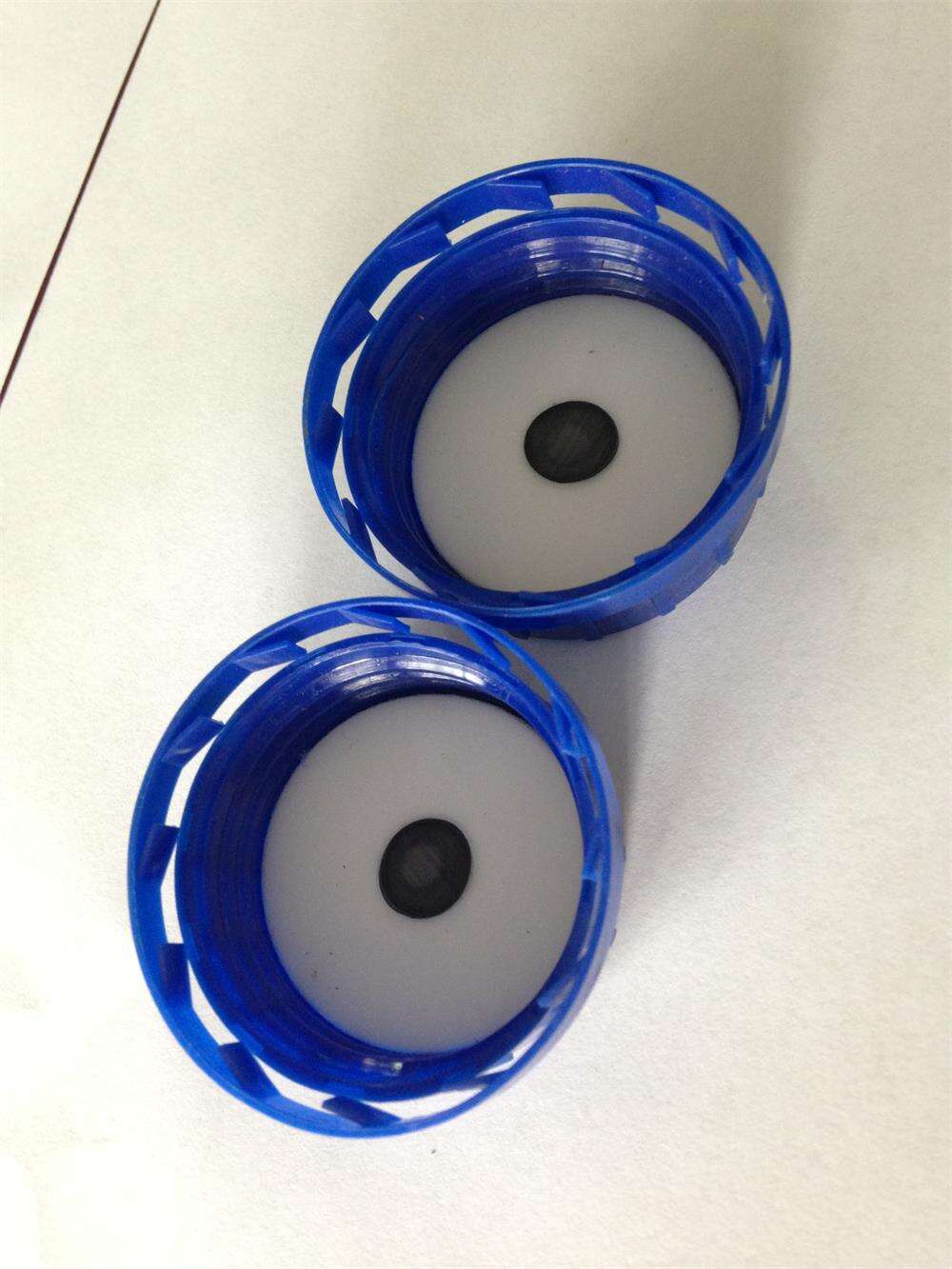Introduction
Packaging is the product's initial guardian related to its quality and safety as long it survives. But leakage and bloating are packaging issues that if not addressed properly into the initial aspects of containment can result in product degradation, spoilage or defects which would usually lead to returns from consumer due to poor appearance. In this piece, we explore what is causing these issues and how to keep them from happening so that packaging keeps its barrier properties.
Leaks and Bloats Blocks in Packaging
Packaging leakage is the uncontrolled loss of a product or its components, usually via rupture in the material and/or bad sealing. On the contrary, bloating is swelling of package due to gas build up either by chemical reactions inside the package or gases migrating through film. Both can cause product spoilage and are to be avoided at all costs.
Packaging materials
It is necessary to appropriately select the materials so that leakage or bloating does not occur. While high-barrier plastics and films are best for keeping out gases/moisture, metal or glass containers offer the most protection. Another important factor is the thickness and strength of materials — thicker, stronger material means a better resistance to punctures and stiffness. Materials differ depending on the kind of product such as food, beverages, pharmaceuticals and industrial goods.
Packaging IntegrityForgeryToken Design
Equally As Important Is The Packaging Design There are a wide range of different type seals and closures, all perfectly designed for their use with the specific product requirements. The seals will need to be tested to ensure the packaging maintains a proper seal throughout shipping. Including valves and vents can help regulate the pressure inside the package, eliminating bloat. Moreover, tamper-evident actuator options can be utilized for additional security to determine whether the package has been breached.
How are they Processed &are Filled?
The way packages are filled and processed can change the way in which they age. Releasing air prior to resealing and careful not over filing, are two ways you can prevent a leak. Learning curve is reduced by automation and precision machinery in packaging lines which help minimise the chance of human errors during their execution. It is also pertinent to clean and sanitize the packaging equipment regularly in order to keep it free from contamination as well as maintain the seal integrity.
Quality Control and Testing
Strict quality control checks must be enforced to guarantee the integrity of the packaging. They can look for flaws in the seams, and this testing of seals can be mechanical to ensure they are still strong. Some attempted and tested leak testing options include pressure tests, dye checks and these can mimic the a variety of conditions that your deal might encounter to make certain it will preserve its contents secure. Routine tests quality control shelters us from bigger issues.
Storage and Transport Points to Consider
Leakage and bloated battery happen mainly due to improper storage of the car batteries,false transportation etc. If proper care temperatures and humidity is ensured than it could help in inhibiting the degradation of material eventually also inhibit the chemical reactions causing bloating. In order to prevent the package from being damaged, agents must "handle with care" and additional cushioning materials can be added for protection during transport. Exiting Packaging Guidelines for Each Mode of TransportEach mode of transport experiences different environmental conditions, so the packaging must protect against these.
Addressing Common Challenges
Inconsistency in temperature, difference of altitude and the surroundings in which they are kept can hinder package integrity. It is important to develop packaging that can meet this change. This could mean deploying higher-temperature-tolerant materials, or creating packages that can seal against pressure and yet flex without restrict and puffing.
The trends of Packaging Technology of Tomorrow
Advancements in packaging technology are addressing the issue of leakage and bloating. Smart packaging has sensors built in to provide data on product state as it travels through the supply chain and will communicate a message when anything is out of place. Sustainable packaging is also on the rise and gaining popularity, this will be a better option to secure Products safely. Furthermore, the advance material that provides better barrier protection is being developed to fill the technical boundaries of packaging.
Conclusion
The containment of leakage and bloating activities in packaging is a multifaceted dilemma that deals with the materials chosen, designing process adopted to manufacture these material, its processing quality control strategy as well as store atmosphere regarded for this application. Using these strategic approaches manufacturers can ensure the protective capabilities of packaging to maintain product safety and quality. As packaging technology progresses, additional solutions will help to prevent these challenges and contribute further towards building consumer trust while minimising wastage.
Table of Contents
- Introduction
- Leaks and Bloats Blocks in Packaging
- Packaging materials
- Packaging IntegrityForgeryToken Design
- How are they Processed &are Filled?
- Quality Control and Testing
- Storage and Transport Points to Consider
- Addressing Common Challenges
- The trends of Packaging Technology of Tomorrow
- Conclusion
 EN
EN
 AR
AR
 CS
CS
 FR
FR
 DE
DE
 IT
IT
 JA
JA
 KO
KO
 PT
PT
 RU
RU
 ES
ES
 ID
ID
 VI
VI
 TH
TH
 TR
TR
 MS
MS


